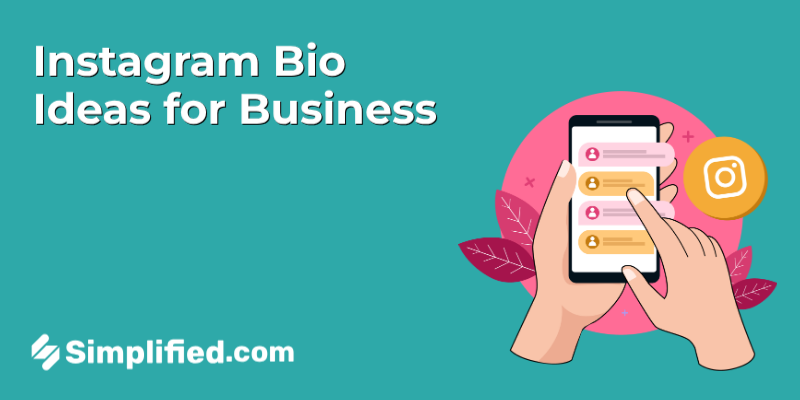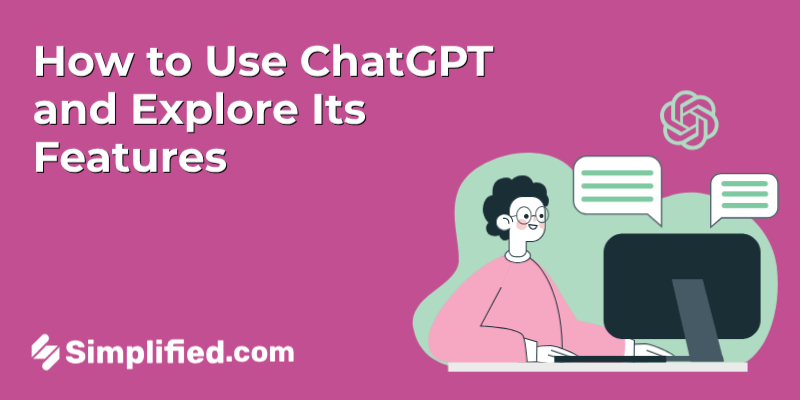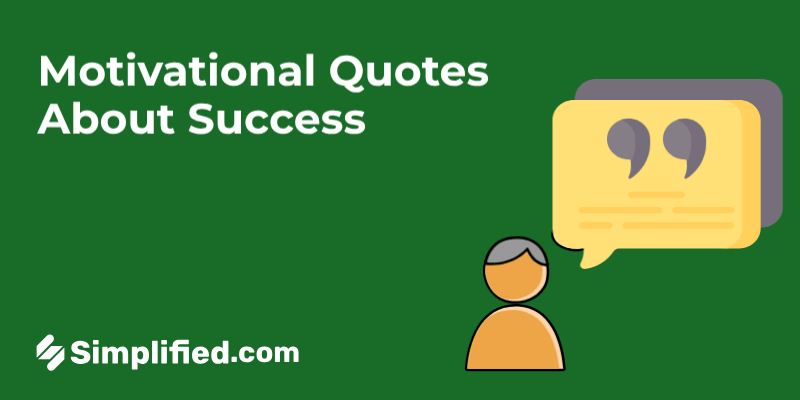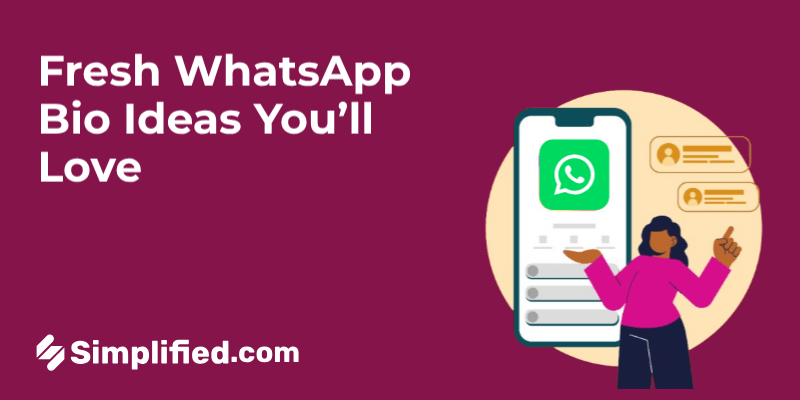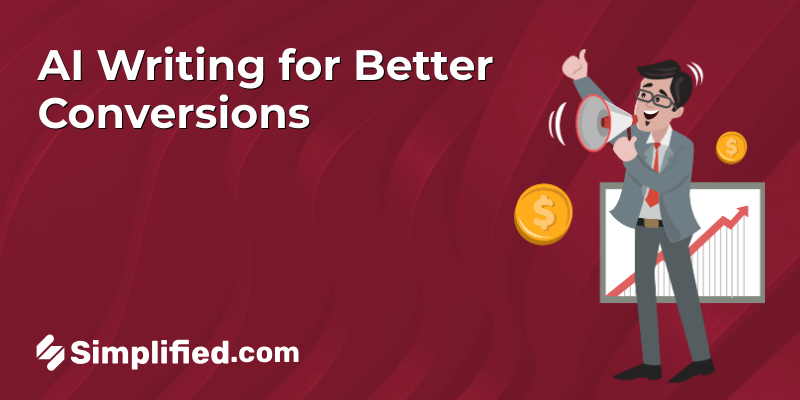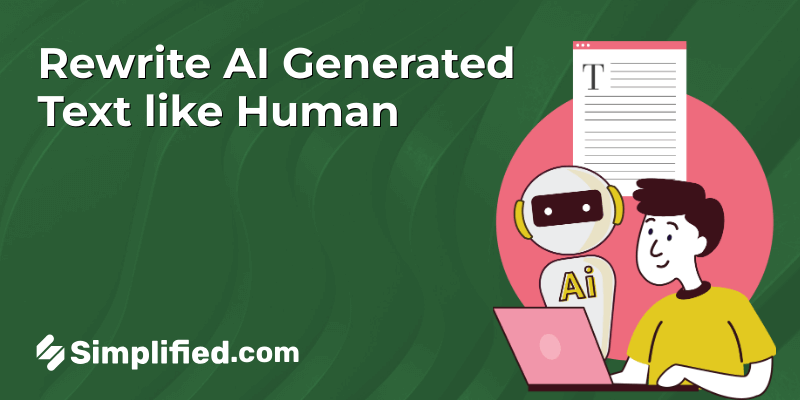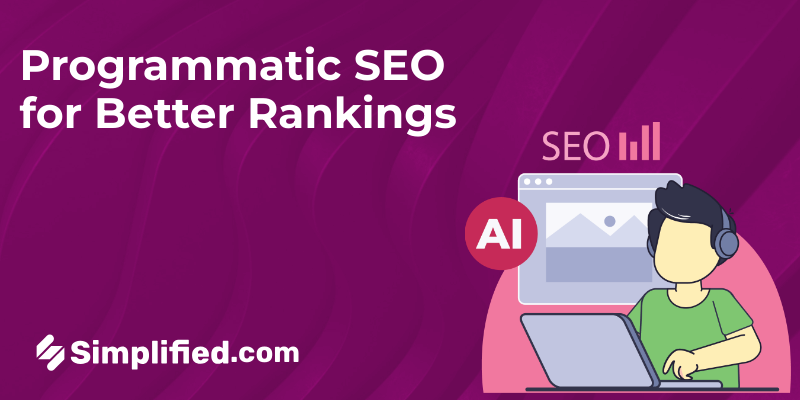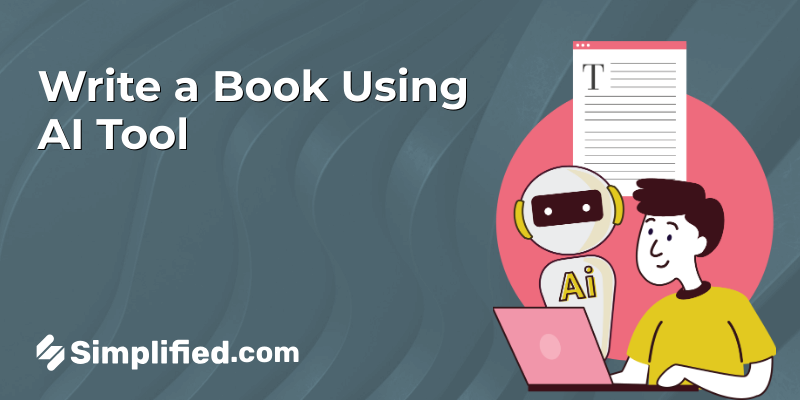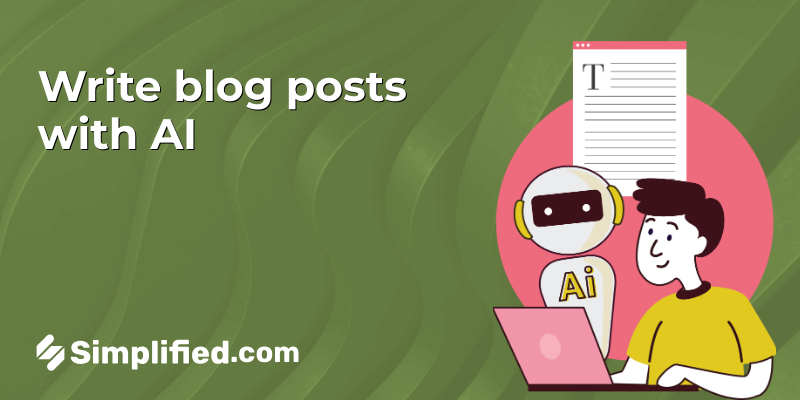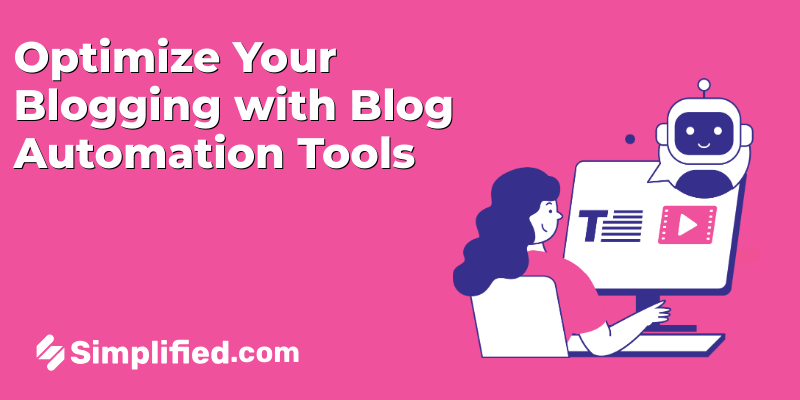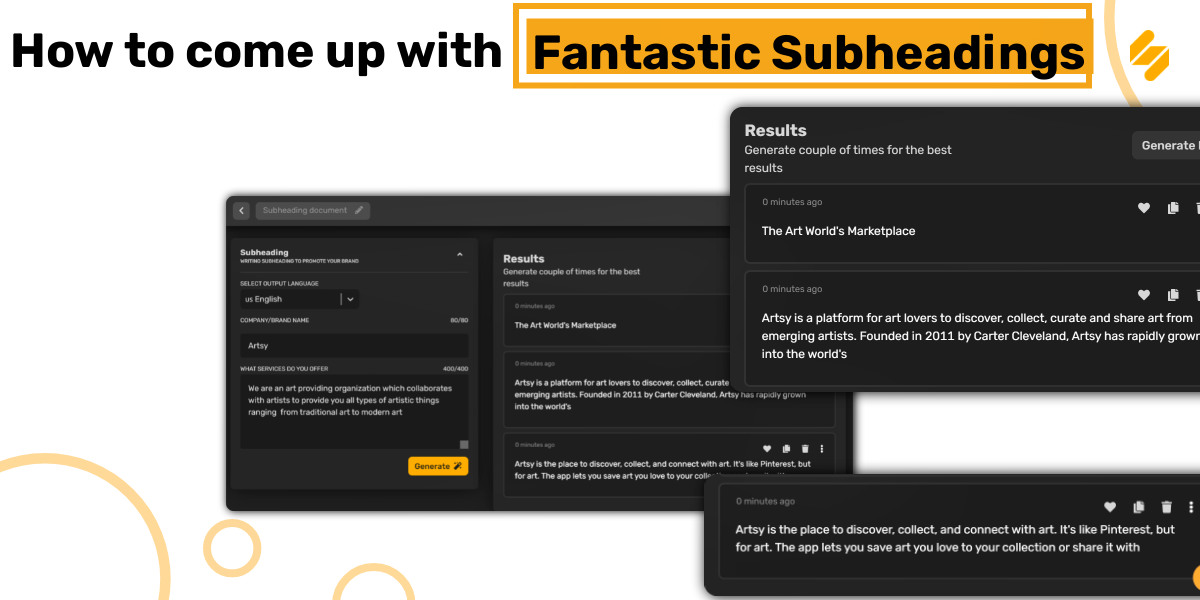
Are you struggling to create engaging subheadings for your content? You’re not alone!
Subheadings are an essential part of any content piece, but crafting effective ones can be a challenge. Luckily, there are many great subheading examples out there to draw inspiration from.
In this blog post, we’ll showcase over 15 subheading examples that will help you write better and more impactful subheadings. From catchy and concise to informative and benefit-driven, we’ve got you covered.
So whether you’re creating blog posts, landing pages, or other types of content, read on to discover some great subheading examples that will take your writing to the next level!

This Is A Subheading
A subheading is an essential element of any piece of content, including articles, blog posts, landing pages, and more.
Its primary function is to provide a concise summary of the content below it while also grabbing the reader’s attention and encouraging them to continue reading. A well-crafted subheading can also help break up large blocks of text, making the content more readable and easier to digest.
In addition to providing additional context, subheadings can also help with search engine optimization (SEO). By including relevant keywords in your subheadings, you can improve the search engine ranking of your content, making it more visible to potential readers.
Two Types of Subheadings
They have the same name and similar meanings, but they have two different functions. Here are the two types of subheadings you can use:
1. A Sub-heading

A subheading gives further information to the main headline.
After the main headline, the subheading serves to expand on the topic at hand and offer additional information to the reader.
By providing a glimpse into what the article will cover, the subheading sparks the reader’s curiosity and encourages them to read on. While the main headline is concise and to the point, the subheading adds depth and elaboration to the topic, making it even more compelling.
Essentially, the subheading acts as a teaser for what’s to come, drawing the reader in and keeping them engaged throughout the article.
2. A Sub-heading
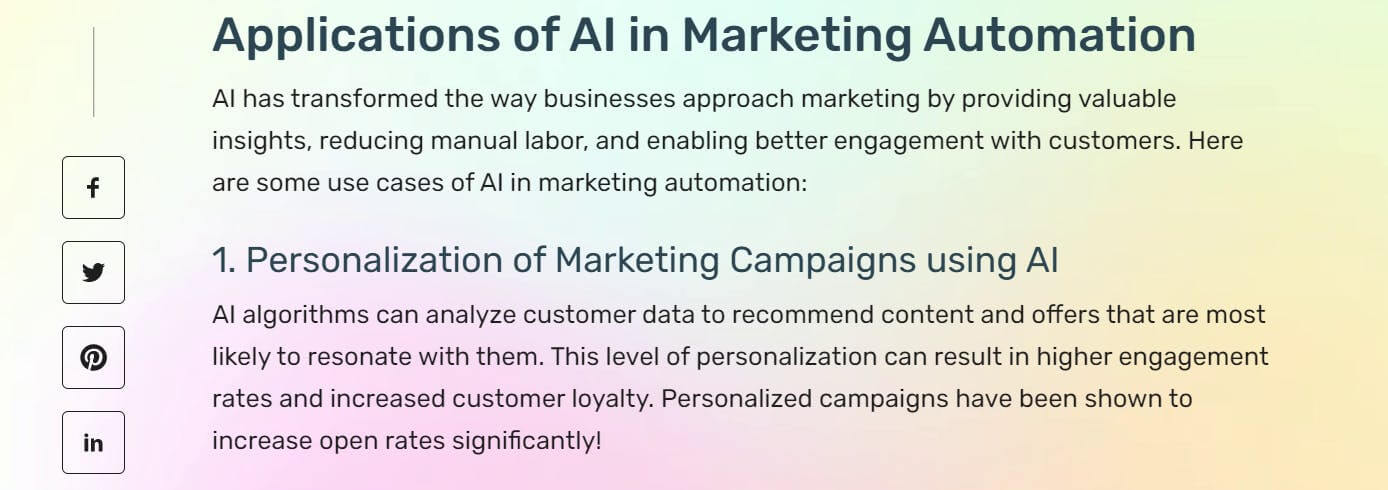
Breaking up information into smaller, more digestible sections with different subheadings can make your blog post easier to follow and comprehend.
This approach is particularly useful for crafting clear and concise sales or marketing copy, as well as for longer pieces that require more time to read. By incorporating multiple subheadings, you can create a seamless flow of information that is both engaging and easy to navigate.
4 Components Of Effective Subheadings
1. Wording
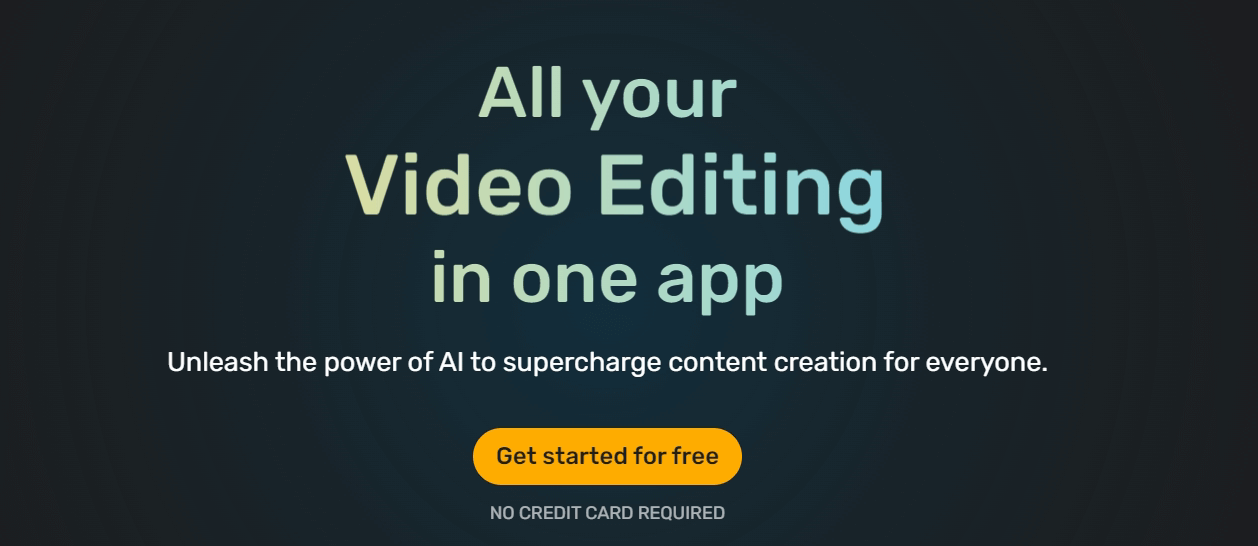
Subheadings shouldn’t be too lengthy or wordy. To create effective subheadings, it’s essential to understand your audience and what appeals to them.
If you’re targeting a younger demographic, short and punchy subheadings are more likely to capture their attention.
Simplified’s subheading above is to-the-point and communicates everything the user needs to know in a persuasive way, promising an enticing experience.
2. Length
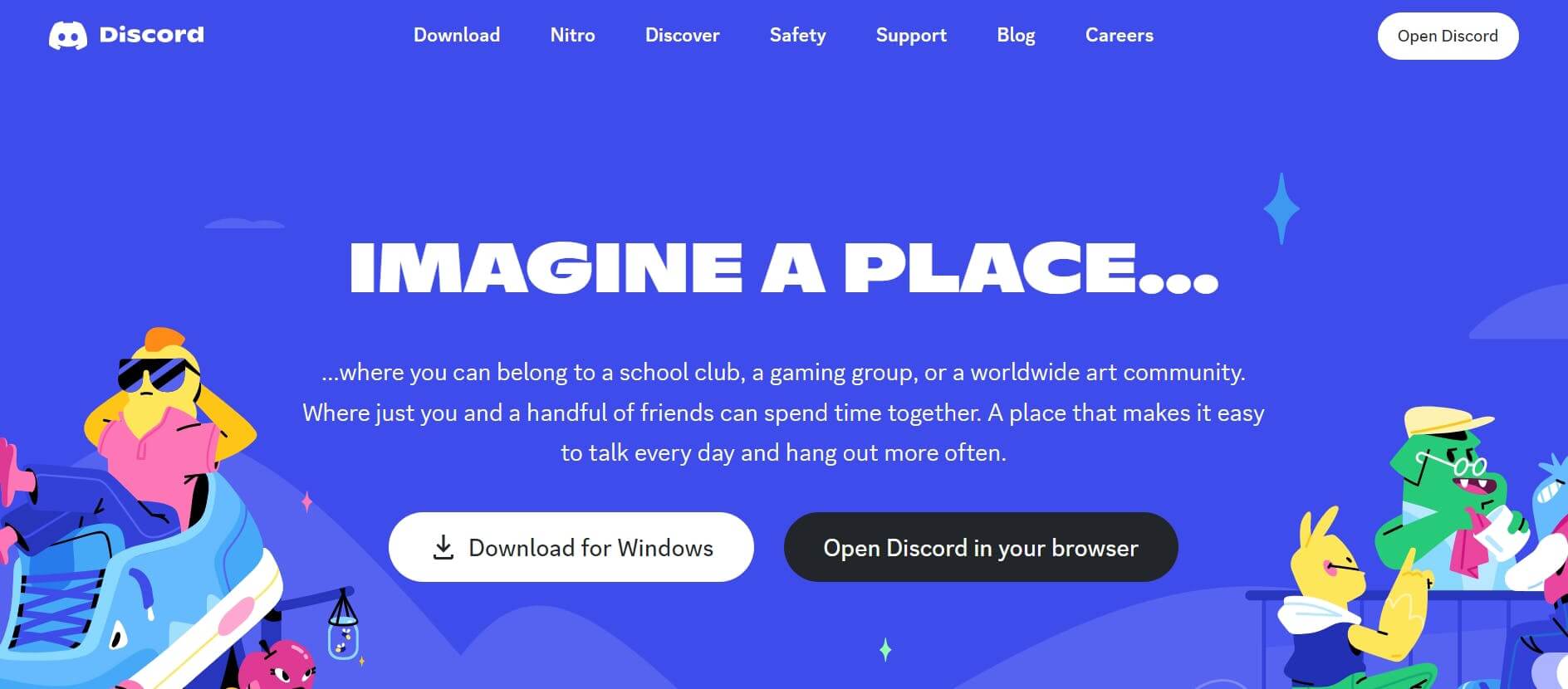
Creating effective subheadings requires a delicate balance between brevity and information.
You want to provide enough detail to capture the reader’s attention, but overly long subheadings like the one used by Discord can risk losing their interest.
So, when crafting subheadings, aim for a happy medium between being concise and informative.
3. Amount of Information

It’s important to remember that subheadings are meant to tease and spark the reader’s curiosity, rather than revealing too much information upfront.
The ultimate goal is to encourage the reader to click on the call-to-action below, so you want to create a sense of intrigue with your subheading.
This Clubhouse subheading is the perfect mix of vague but persuasive.
4. Amount of Persuasion
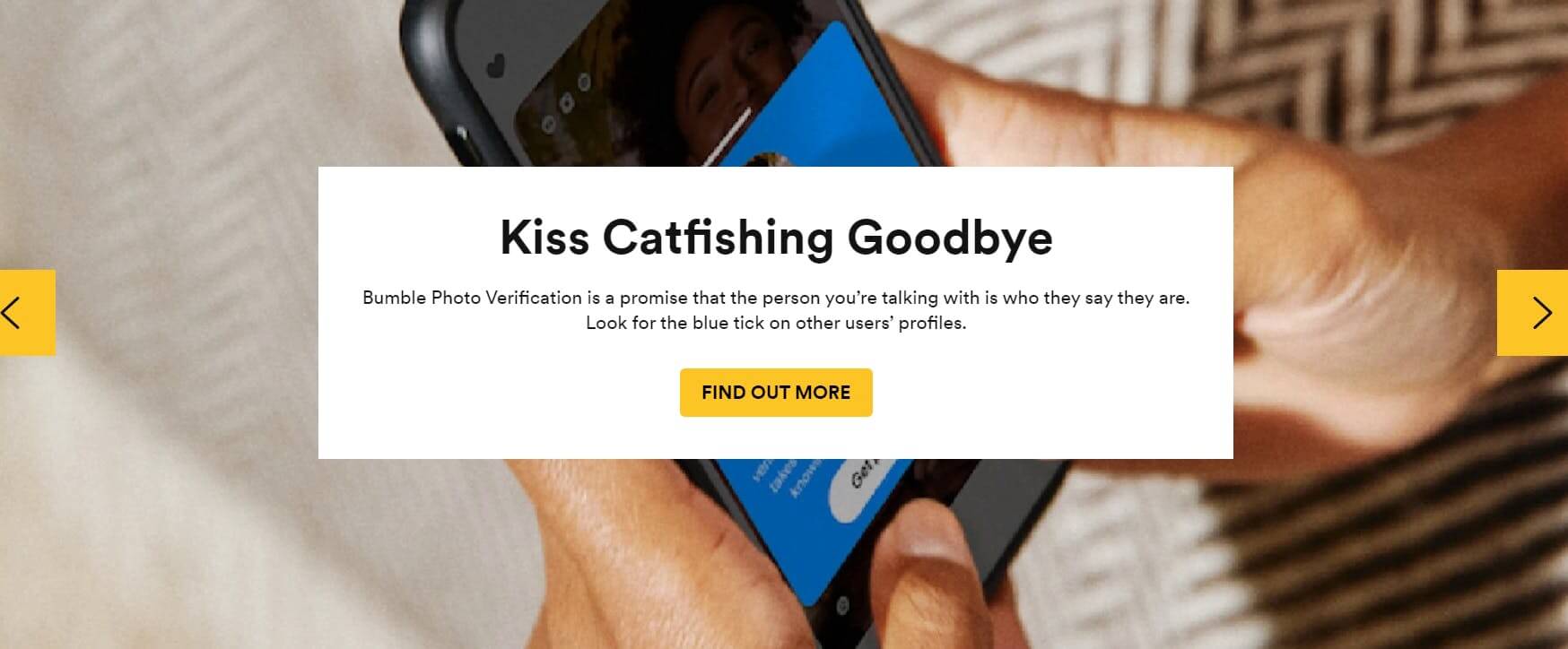
The key to crafting effective subheadings is to use them purposefully.
They should clearly communicate to the reader what they’ll discover in the body of your content and persuade them that it’s worth their time to continue reading.
Bumble’s subheading provides a clear and concise teaser of their photo verification feature, with a call-to-action that leads readers to a tutorial on how to verify your profile.
By crafting subheadings that effectively engage and inform your readers, you can increase the likelihood of them continuing to read your content and taking the desired action.
Related: 20 Mission Statement Examples to Guide Your Business Goals
10 Catchy Subheading Examples
1. Simplified
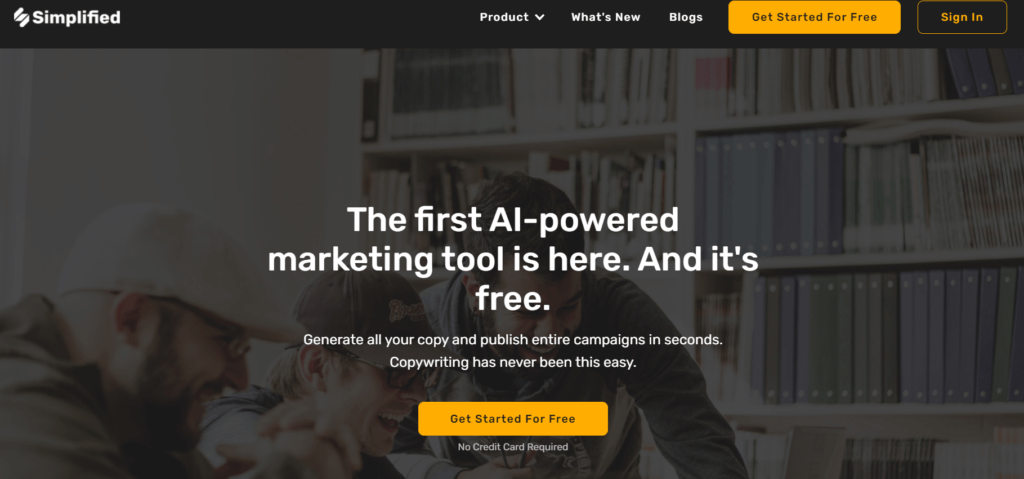
Simplified makes sure to include all four elements, and this is the reason why its subheading works. In fact, Simplified stays true to its name as this subheading example is the mark of simplicity, good wording, and length.
2. Apple
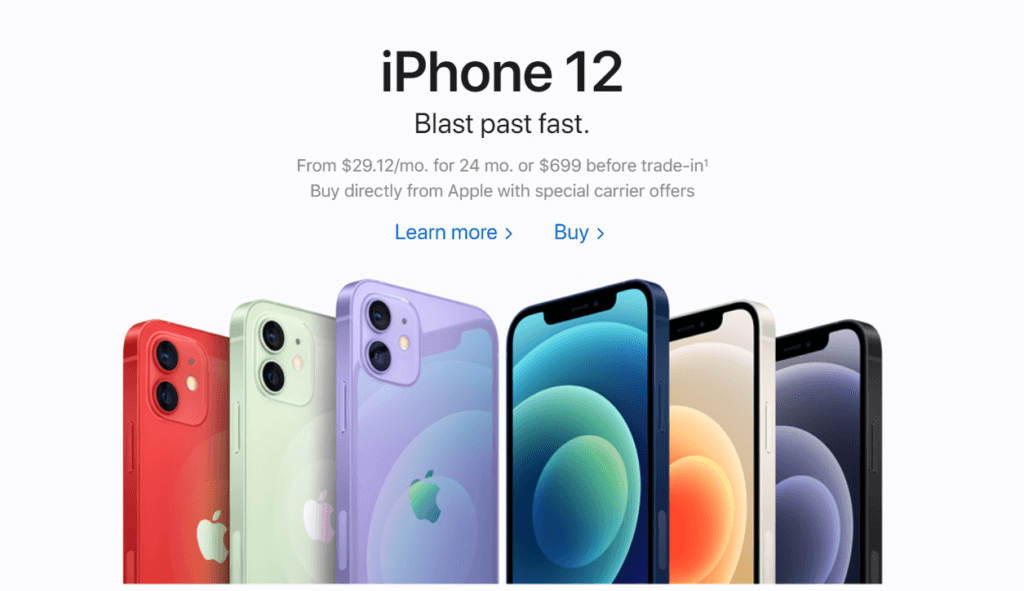
Apple is a master of crafting subheadings that are both concise and attention-grabbing. Given that their products are often self-explanatory, they take a persuasive approach with their subheadings. One example of this is their use of rhyming, which adds an extra element of snappiness that’s hard to miss
3. Opera
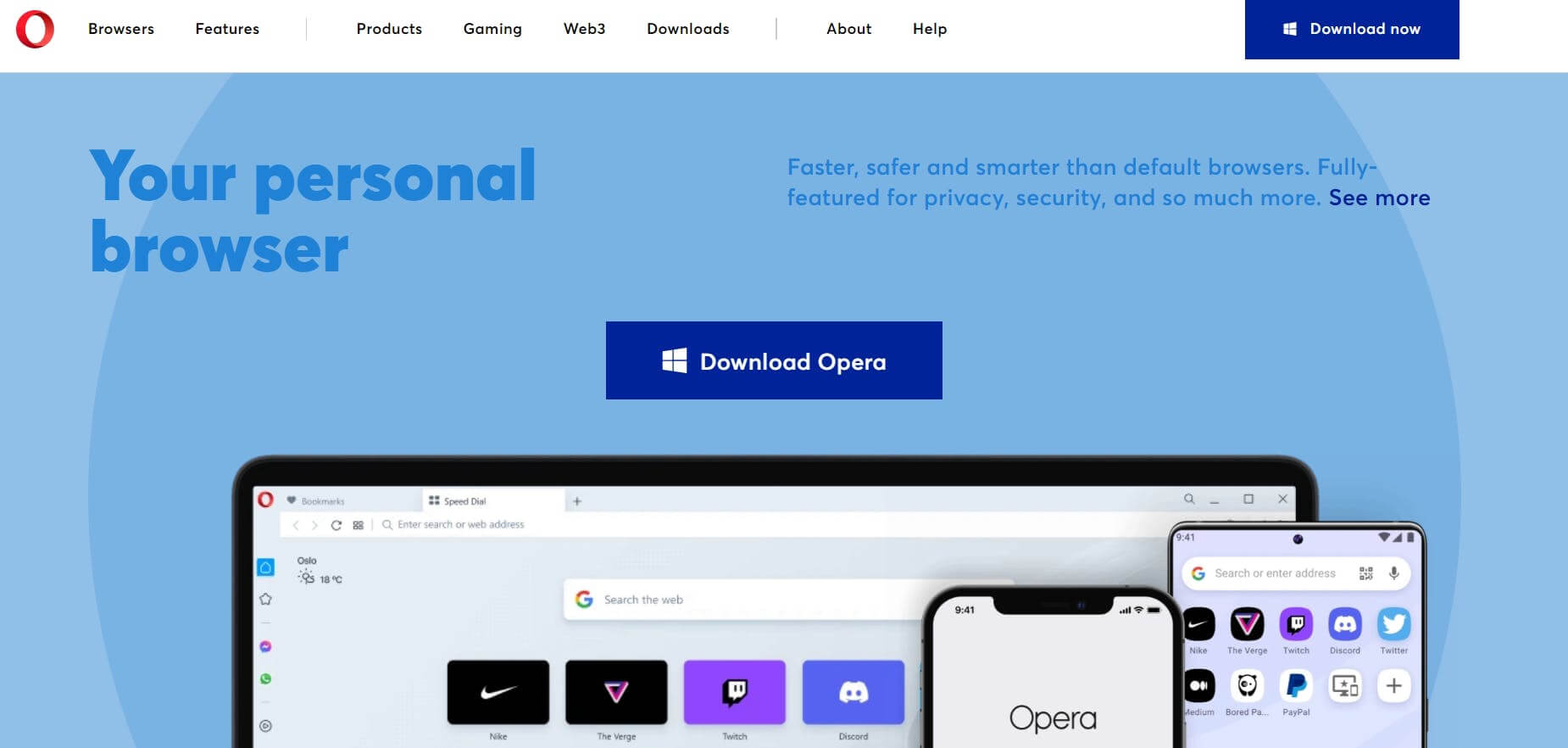
Opera takes a benefit-focused approach with its subheading, highlighting how its software can improve the user’s experience. By emphasizing the unmatched security and speed of their browser, they effectively communicate the value proposition to the reader.
4. Lenovo

Lenovo focuses on the superiority of its technology rather than its products. The clear heading stating that their technology is “for all” sets the tone for the subheading, which invites the user to explore how Lenovo’s technology surpasses that of its competitors. The brand relies on persuasive language and carefully crafted wording to achieve the desired effect and entice readers to learn more about its offerings.
5. GitHub
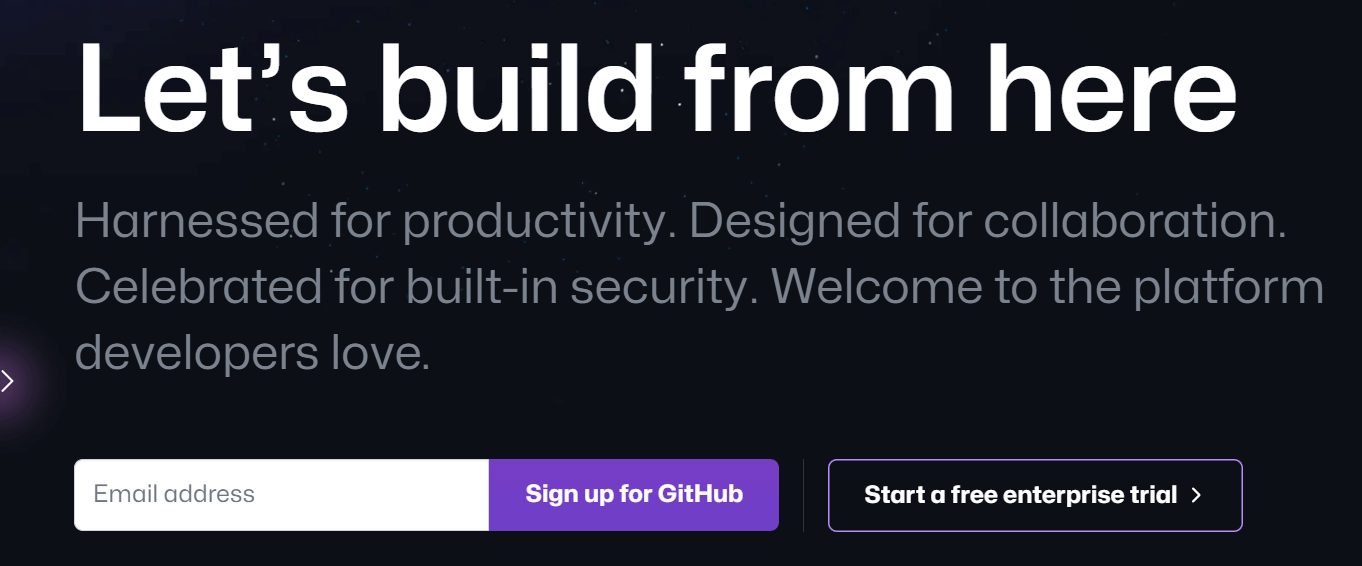
Although it’s longer than the typical subheading, the one used by GitHub effectively summarizes the platform’s purpose and features. It provides a clear preview of the capabilities of the platform, making it an effective subheading.
6. Freepik

Freepik’s subheading example is the perfect follow-up to its heading. While the heading introduces what Freepik offers, the subheading further elaborates on it by defining what the “assets” are.
7. Mangools
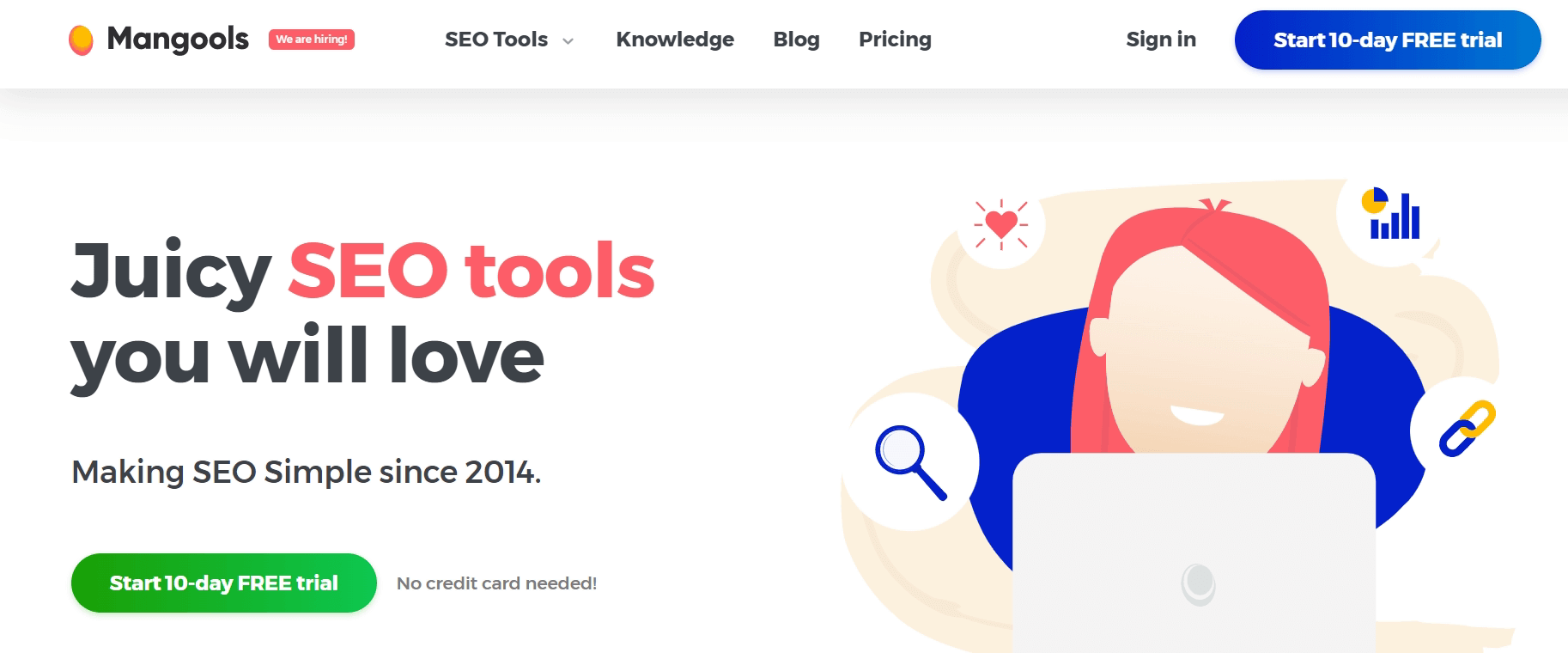
Extremely crisp and simple, Mangools’ subheading indicates its year of conception along with how it’s been benefiting its users since then.
8. Change

One of the most popular petitioning websites, Change.org keeps its subheading concise and compelling. It highlights the number of people signing petitions every single day and hyperlinks it to success stories – compelling newcomers to take action as well!
9. BuzzFeed
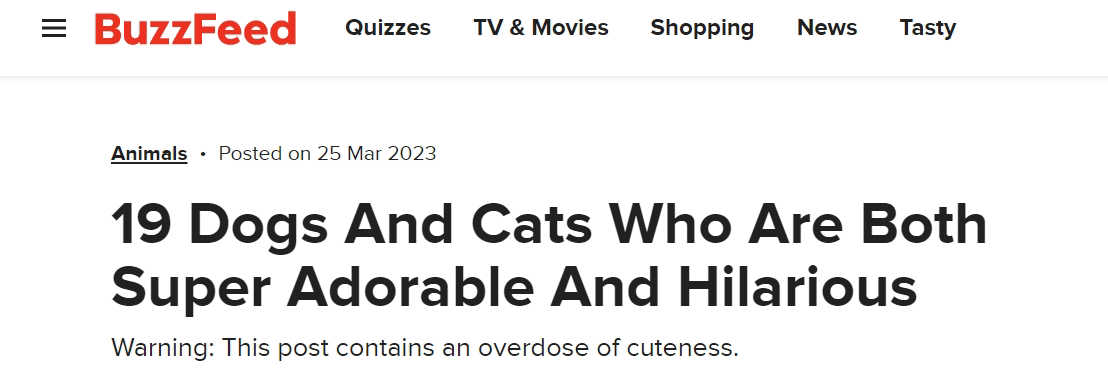
Okay, so this is one listicle from Buzzfeed and not the entire website. The contents of the page are basically just cute dog and cat photos – making this subheading extremely suitable. It’s quirky and crisp and makes you want to definitely check out the rest of the article.
10. Audible
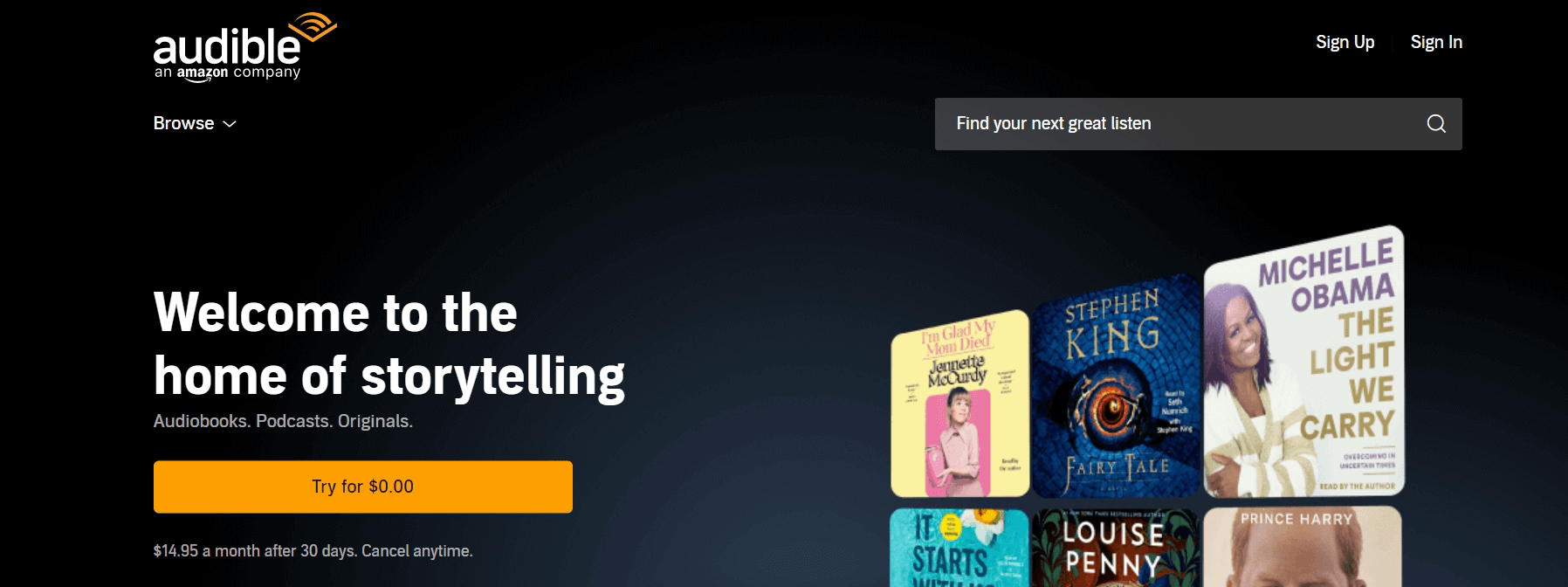
Just three words, and you already know what’s on offer.
Related: 9 Sentence Rewriter Tools to Enhance Your Writing Skills [Free & Paid]
Generate the Best Subheadings with Simplified
Now that you know the basics of what a subheading is and its four components, let’s see how you can use one of Simplified’s features for sales copy, marketing copy, or anything your brand may need.
Write Landing Page Subheadings with AI
Example 1: Greenhouse
About the brand: Greenhouse sells succulents and small table plants. We add a greener touch to your home.

Example 2: Boho Bird
About the brand: We sell block-printed cotton material from Jaipur, India. Hand-dyed, sustainable, and 100% ethical.

Example 3: Work Party
About the brand: We’re a marketing agency based in Toronto, Canada. We offer all digital media solutions. Build your brand from scratch or scale it with our winning strategies.

Powerful Subheadings. Simplified.
Armed with the knowledge of how to create effective subheadings and how to use Simplified’s subheading generator, you can now easily enhance your company’s branding and marketing.
Signing up for Simplified is completely free, and its user-friendly interface and Academy make it easy to use. By utilizing this AI-powered tool, you can quickly generate engaging and plagiarism-free subheadings that are both SEO-friendly and informative.
Simply enter your keywords, and the Simplified Subheading Generator will take care of the rest in just a few seconds. Don’t miss out on this opportunity to elevate your content and attract more readers.
Subheadings that’ll make them go “Whoa”
Get Started For Free

